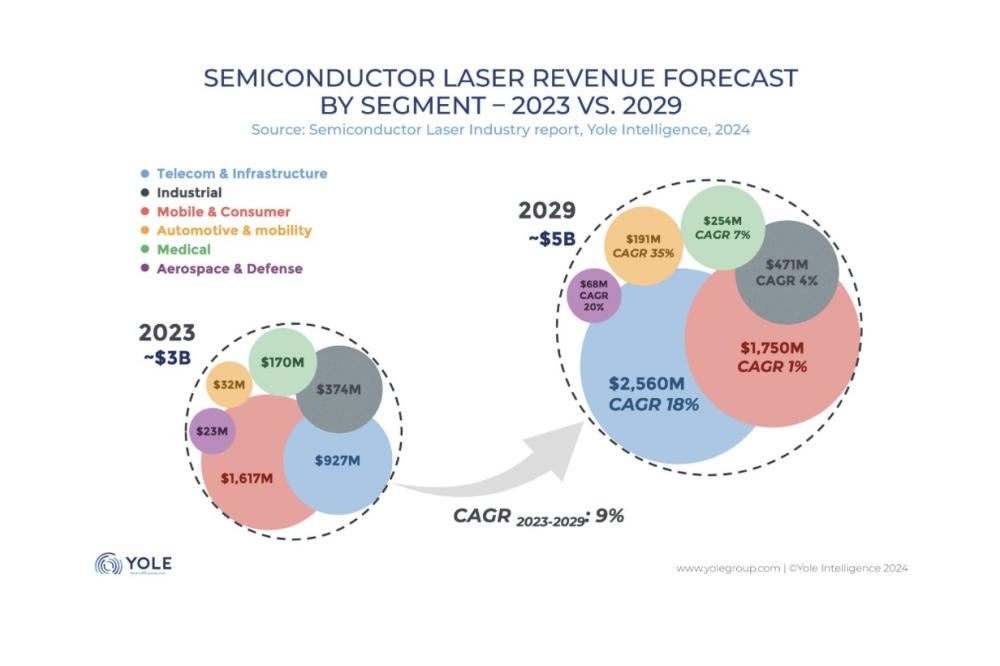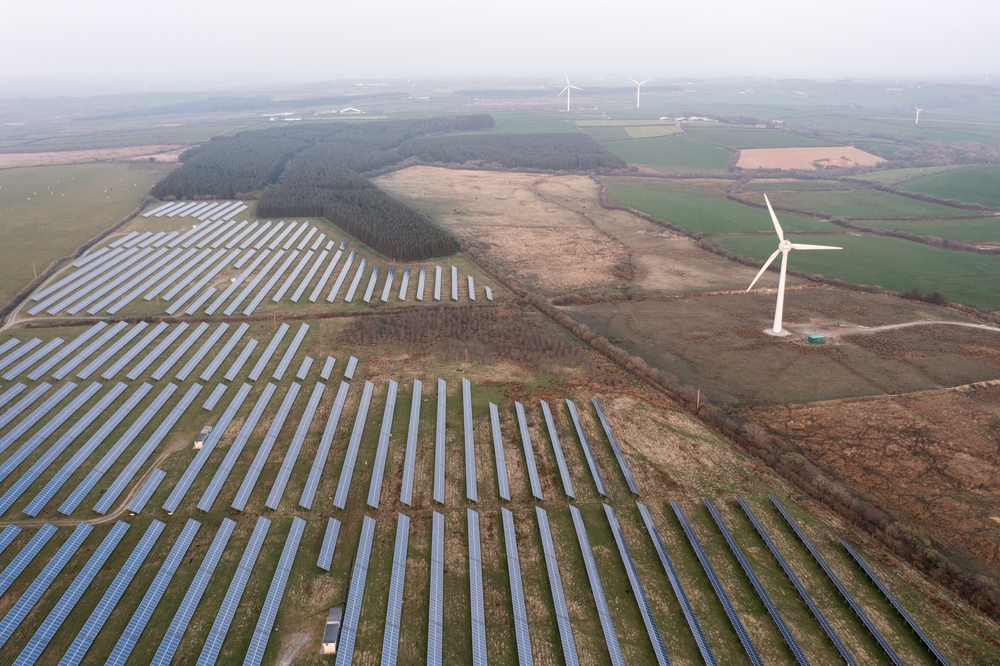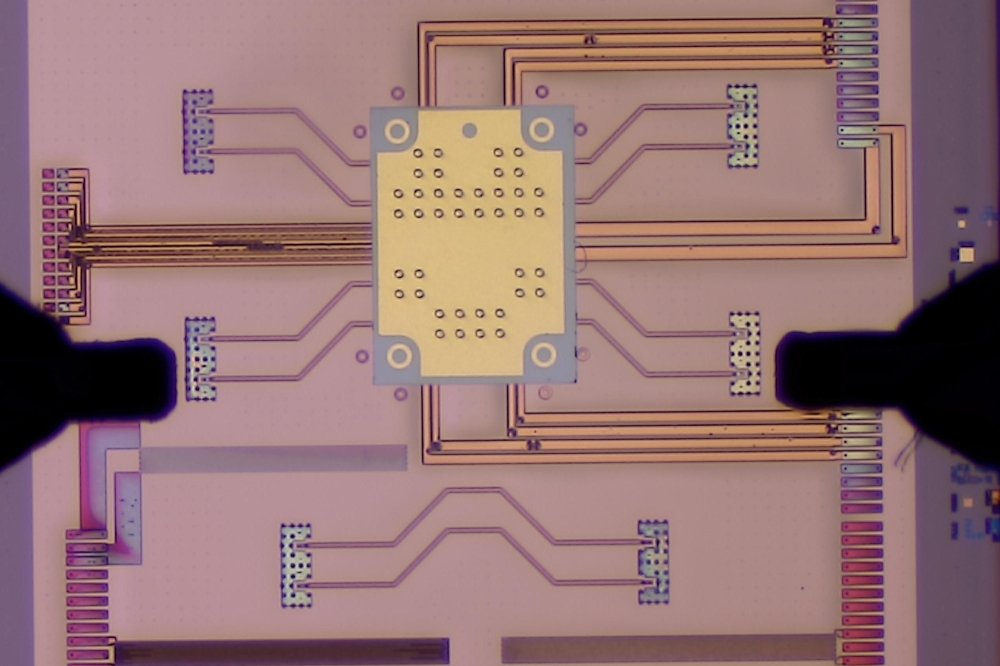Gas purifiers earn their place in MOCVD material growth
Epitaxy, in particular MOCVD, makes use of a variety of gases including arsine, phosphine and ammonia as source materials for growth and doping, as well as hydrogen as a carrier gas for metalorganic (MO) precursors. The purification of MO sources is a subject to which much attention has been paid over the past few years, and considerable progress has been reported (Compound Semiconductor February 2001, p84). However, the end user has no control over the quality of MOs beyond carefully changing bubblers and maintaining the pipework between the bubbler and reactor. This is not true of the various gases employed for MOCVD.
Point of use (POU) gas purifiers are an option available to the gas user. As the range of gases in use has expanded over the years and purity requirements have become increasingly stringent, the variety and performance of POU purification methods have improved. These purifiers can be divided into three main types: palladium membrane cells, catalytic purifiers and getters.
Palladium membrane cells are used to purify hydrogen by allowing only hydrogen to diffuse through a Pd membrane, which leaves all the impurities behind. Catalytic purifiers rely on a number of processes to separate impurities from a gas. They are mostly regenerable and operate at ambient temperature. Getter purifiers contain a heated metal alloy that reacts with impurities to bind them at the surface then diffuse them into the bulk. Why install POU purifiers? For the end user gas impurities can arise from a number of sources. As well as being present in the gas that is supplied from the manufacturer, impurities can arise from unclean or leaking gas distribution pipework, or as a result of improperly changed gas cylinders. Therefore, the most common impurities that need to be dealt with are those originating from the atmosphere such as oxygen and water vapor. A POU purifier gives the user a measure of insurance against inconsistency in the quality of gas from a manufacturer and a buffer against problems with the gas-distribution network. But it should be noted that fitting a POU purifier itself introduces another possible source of contamination. Attention must be paid to the way such purifiers are used, and to replacement and/or regeneration schedules to ensure the purifier does not reintroduce the impurities that have already been extracted. Palladium cells and hydrogen The commonest POU purifiers and the ones that have been used the longest are palladium membrane purifiers, often referred to as Pd-cell purifiers. These may be used in MOCVD systems where hydrogen acts as a carrier gas. Any impurities in the hydrogen may react with the MO, possibly contaminating an entire batch of expensive precursor. Impurities could also be incorporated into the growing epilayer.
The Pd-cell contains tubes made from Pd membranes and is operated at 300-400 °C. Hydrogen, at a pressure of about 250 psi, is usually fed into the cell in such a way that it arrives at the outside of the Pd tube membrane. The H2 molecule dissociates into protons and electrons which diffuse across the membrane to the inside of the tube where they recombine and are fed out of the cell (figure 2). Typical impurities such as H2O, CO and O2 are inefficient at dissociation and migration, so they do not migrate into the tube.
Cell throughput can be varied from 1 to 1000 l/h depending on the pressure drop across the membrane and its thickness. Pd-cells typically last 3-5 years, though their failure is very unpredictable, and is usually the result of the membrane cracking or developing pinholes. These failure modes can be caused by sudden exposure to high impurity levels (for example, more than 50 ppm of oxygen) or rapid thermal cycling. Power loss can cause sudden and uneven cooling of the membrane resulting in cracking. The Pd membrane is also damaged if it cools in the presence of hydrogen. For this reason when power is lost the cell needs to be immediately purged with nitrogen. Despite the undoubted ability of the membrane to purify hydrogen to a high level, the sudden failures have been a source of frustration to users and have prompted the development of competing techniques. As Eric Armour of Emcore s electronic materials division points out, "Pretty much everyone using [Pd-cells] has experienced the sudden failures. If they could make them highly reliable they would be the ultimate hydrogen purifier." Solving the Pd-cell problems In an effort to improve the reliability of Pd-cells Matheson Tri-Gas, in collaboration with hydrogen purification specialists Power and Energy (Ivyland, PA), has made some design changes to reduce the impact of power loss on the cells. Conventional Pd membrane tubes have diameters of about 1.5 mm. Slight imperfections in the tubing can cause crushing under the high pressure of the hydrogen feed. The new cell, PerfectH2, feeds the hydrogen from the inside of the tube so that it diffuses outwards. The tube is thus under tension rather than compression and will not crush. The tubes can therefore be made with a larger diameter improving the flow of both the hydrogen and the nitrogen purge gas. When power is lost the hydrogen flow is automatically stopped and a small nitrogen flow at about 75 psi is fed into the cell. The ability to purge using a smaller nitrogen flow reduces the thermal load on the membrane.
Conventional designs using small-diameter tubes often contain steel internal strengthening wires to limit crushing under high-pressure operation. It is harder to clean these tubes after manufacture than the larger ones without the need for wire reinforcement. As a result of this the cell may introduce hydrocarbon contamination to the purified hydrogen. As the PerfectH2 uses an internal feed, any contamination from the manufacturing process is kept inside the tube so it is not exposed to the purified hydrogen that has passed to the tube exterior. Hydrogen delivery Hydrogen can be delivered from the manufacturer as a pressurized gas or in liquid form. Small facilities with low demands for hydrogen usually opt for pressurized gas. Though hydrogen is less pure as a pressurized gas than it is as a liquid (99.995% compared with 99.9995%), it is cheaper to handle. Ironically liquid hydrogen is cheaper to manufacture as well as purer. Larger facilities running multiple MOCVD systems on a 24 hour working day can benefit from liquid hydrogen s greater purity while spreading its increased handling cost over a wider production base.
The use of liquid hydrogen causes problems for Pd-cell purifiers, as the low delivery pressure (approximately 100 psi) makes diffusion across the Pd membrane very slow. Therefore multiple Pd-cells running in parallel are required to maintain the necessary hydrogen volumes, making the use of Pd-cells expensive as multiple cells must be purchased and heated. This is another reason for the development of alternatives to Pd-cells. Catalytic purifiers Purifiers that use catalytic media to remove impurities from a gas stream rely on a number of processes including adsorption, chemisorbtion and oxidative addition. The composition of a catalyst and the reaction chemistry depend on the gas being purified and the impurities being removed. Catalysts manufactured for the purification of hydride gases such as ammonia, phosphine and arsine, for example, contain a medium tailored for the gas to be purified. While arsine and phosphine are troubled by similar impurity species arsine is more prone to decomposition, so the gases have different purification techniques.
Typically, a catalyst will be a silicate-based zeolite with a porous structure giving it a very large surface area. There are a wide variety of zeolites with porous structures of different sizes. Chemically active species (usually metals) may be dispersed onto the zeolite which acts as an inert support. The metal chosen will depend on the process gas and impurities to be removed. The metal will react directly with the impurity or by first adsorbing the gas to form a surface that is highly reactive to contaminant species. SAES manufactures a range of ambient-temperature purifiers that utilize metals dispersed on a large-area zeolite. A Mn/Fe alloy is used for its ammonia purifier, while boron is used for the etchant gas HCl.
A catalytic POU purifier often contains more than one type of active site and impurities will be removed by a combination of mechanisms. For example Aeronex manufactures a range of catalytic purifiers, with the version for hydrogen purification containing nickel dispersed on a high surface area silicate. This reacts to remove impurities including O2, CO and CO2, but has limited ability to deal with moisture levels below 100 ppm. To deal with moisture more effectively, a second titania catalyst is added to the purifier.
Matheson Tri-Gas also makes catalytic purifiers that operate using a range of zeolite-based media or a porous organometallic resin. The resin is black in its unreacted form and gradually turns brown as it reacts with impurities. This provides an indicator of the remaining useful life of the purifier. These purifiers must be preconditioned by the manufacturer with the process gas, and the reactions with impurities are irreversible. Once the resin is preconditioned and packaged it must be kept sealed as exposure to the air will render it useless. Also there are environmental issues associated with these resins as they are toxic and must be disposed of carefully once they reach the end of their useful life.
The great attraction of catalytic purifiers is that they operate at ambient temperature. Since they do not require heating, they can t be damaged by a sudden power loss. Also they do not require large pressure gradients across the purifier so are compatible with low-pressure liquid-hydrogen delivery systems. Most catalytic reactions are reversible by heating, which means the purifier can be regenerated, though it may need to be returned to the manufacturer. In cases where the purifier can be safely regenerated by the user, it is common for two purifiers to be installed; while one is in use, the second can be heated and purged.































